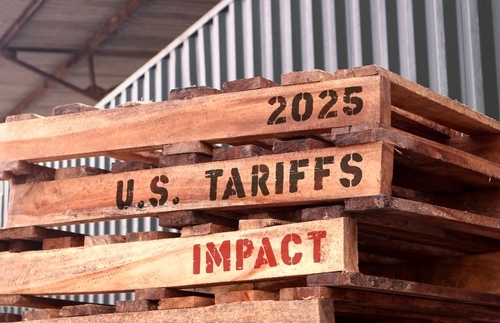
Information may want to be free but the people who dig it up and package it are apparently fed up with giving it away.
MediaNews Group, which owns the Denver Post, the Salt Lake Tribune, the San Jose Mercury News and about 50 other daily newspapers, announced in a memo recently it plans to begin charging for some content.
“First, we continue to do an injustice to our print subscribers and create perceptions that our content has no value by putting all of our print content online for free,” said the memo from chief executive Dean Singleton and president Jody Lodovic. “Not only does this erode our print circulation, it devalues the core of our business – the great local journalism we (and only we) produce on a daily basis. Second, our interactive revenue growth has slowed because it has been too closely tied to our print classified business, which has suffered with the advent of Craigslist and other free online classified opportunities.”
As a result, MediaNews will begin moving away from putting all its content online for free and begin exploring “a variety of premium offerings that apply real value to our print content,” the memo said.
Print subscribers will have full access to their local MediaNews paper’s content, but those who are not print subscribers who want access to the paper’s online content will be directed to some sort or registration or pay vehicle, the memo said.
“To be clear, the brand value proposition to the consumer is that the newspaper is a product, whether in print or online, which must be paid for,” the memo said.
The move comes at arguably the most difficult time in the newspaper industry’s history. Print is dying and online advertising while still growing isn’t doing so fast enough to make up for the losses in print.
MediaNews is one of a group of high-profile publishers considering charging for some content.
Executives at the struggling New York Times are reportedly considering some sort of paid, tiered-membership scheme.
Thomson Reuters, owner of global news agency Reuters, is also reportedly investigating a paid model for its consumer site.
Rupert Murdoch reportedly said last week that News Corp was studying how to make readers pay for news online and that the company will experiment with ways of doing so over the next 12 months.
Murdoch’s statements last week contradict statements he made in 2007 just before he became owner of the Wall Street Journal, the Internet’s highest-profile paid-content success story. In Nov. 2007, Murdoch said he expected WSJ Online would go from paid to free once he owned it and that he expected the site’s subscribers to go from 1 million to 10 million to 15 million as a result.
He has apparently had a change of heart.
Author Stewart Brand is credited with being the first to say “information wants to be free” at the first Hackers’ Conference in 1984. Information wants to be free, he argued, because it has become so cheap to distribute, copy and recombine, it is too cheap to meter.
Many in Internet circles in the late nineties took his quote up as a mantra and began sneering at publishers who wanted to charge for online content, saying the model was outmoded.
However, they conveniently ignored the second half of Brand’s quote, which also appeared in his book, “The Media Lab: Inventing the Future at MIT,” published in 1987:
“Information also wants to be expensive,” wrote Brand. “It wants to be expensive because it can be immeasurably valuable to the recipient. That tension will not go away. It leads to endless wrenching debate about price, copyright, ‘intellectual property’, the moral rightness of casual distribution, because each round of new devices makes the tension worse, not better.”
A recent study of 4,900 respondents in the US and Europe by PricewaterhouseCoopers found consumers are willing to pay for content, especially relating to business and sports.
The survey found that consumers would be willing to pay 97% of the purchase price of a traditional newspaper for online financial content and 77% of the price of a traditional newspaper for sports content, provided there were no free online products of equal quality on the market.
The survey also found that consumers would be willing to pay 62% of the purchase price of a traditional newspaper for high-quality general news.



